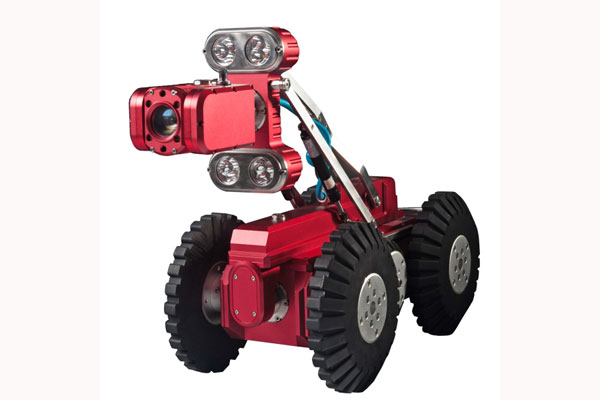A large number of pipelines are used in modern industrial and agricultural production and daily life, such as steam generator heat transfer tubes in nuclear power plants, industrial pipelines and gas pipelines in the petroleum, chemical, and refrigeration industries. Most pipeline installation environments cannot be directly reached or are not allowed. Direct intervention. In order to carry out quality inspection and fault diagnosis, the traditional comprehensive mining method, random sampling method or system method is used, which has large engineering volume and low accuracy. Therefore, it is necessary to develop pipeline robots to solve these practical problems. Pipeline robot is an integrated system of electromechanical instruments that can move along the inside or outside of the pipeline, carry one or more sensors and operators, and can perform a series of pipeline operations under the remote control operation of the operator or the automatic control of the computer. The tasks that can be completed by the pipeline robot include quality inspection of the inside and outside of the pipe during production and installation; fault diagnosis of welding seam, surface corrosion, crack damage, etc. during use; maintenance of pipeline cleaning, spraying, welding, internal polishing in harsh environments; Repair of buried old pipelines; transportation of internal and external equipment, rescue and other purposes.
